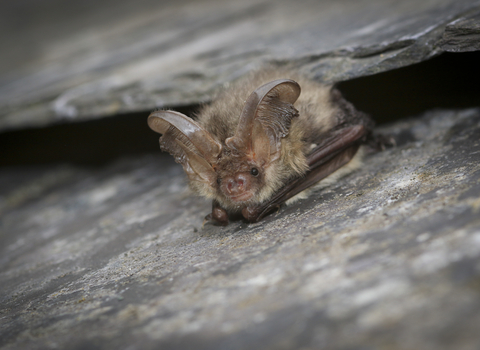Bat surveys for homeowners and businesses in Surrey and across the South East
Every year we carry out dozens of bat surveys for homeowners, companies and public organisations in Surrey and south-east England. This is usually because they want to carry out building work and need a survey as part of their planning application.
Working with us is a cost-effective way to get the expert advice you need – and to support conservation in the process. See our Guide to Bat Surveys below for more information.
Why choose SWT Ecology Services?
Our expert, licenced bat surveyors offer a fast and efficient service. We understand how challenging and stressful it can be to carry out building work and we always try to make it easier for you to get the information you need to support your planning application. What’s more, by using us you will be giving back to nature. 100% of our profits are given to Surrey Wildlife Trust.
If think you might need a survey – or want to find out more – please get in touch. We’re always happy to help.
A guide to bat surveys
If you’re applying for planning permission for an extension, loft conversion or any other building work, you may need a bat survey. This step-by-step guide aims to help you through the process and avoid unnecessary delays.
What is a Bat Survey?
It’s a way of finding out whether bats are present on a site, then establishing details such as species, numbers and location. A survey also considers how your project might go ahead without endangering the bats.
It’s worth remembering that you won’t always be aware that you have bats. They come out at night, they hibernate, and many species roost in small spaces and crevices, so they may be difficult to see.
Why do I need a bat survey?
All bats and their roosts are protected by UK law. Roost are protected even when bats are not currently using these.
Considering bats often roost in houses, other buildings and trees, if you submit a planning application your local authority will ask you to submit a bat report to inform the application. However, even if bats are present, it won't necessarily stop your plans – but you'll need to work with your ecologist to find the best way forward. SWT Ecology Services has the skills and expertise to guide you through the process.
Who can carry out a bat survey?
If entering a known bat roost, by law only a trained and licenced ecologist can do this. The good practice guidelines also recommend that if someone is looking for evidence of bats, they should hold the necessary licences.
Why are bats protected species?
The UK has 17 breeding bat species in the UK and 18 species which inhabit our shores.
Bats play an important role in our ecosystems, including controlling pest species and pollinating plants. In the summer, several species of bats will eat insects including mosquitoes and midges, with even the smallest species, Common Pipistrelle eating over 3000 critters in a single night.
Some bat species are quite common and can be seen feeding in our parks and green spaces, whilst others are very rare, including a single Greater Mouse-ear individual recorded in the UK.
Bats are protected under the Conservation of Habitats and Species Regulations (2017) and receive further protection under the Wildlife and Countryside Act 1981, as amended. This makes it an offence to deliberately or recklessly damage or destroy any structure or place which bat(s) use for shelter or protection, disturb bat(s) while occupying a structure or place which it uses for shelter or protection or obstruct access to any structure or place which they use for shelter or protection.
Furthermore, seven bat species are Species of Principal Importance, covered under Section 41 of the NERC Act 2006. These include Barbastelle, Bechstein’s, Noctule, Soprano Pipistrelle, Brown Long-eared, Lesser Horseshoe, and Greater Horseshoe.
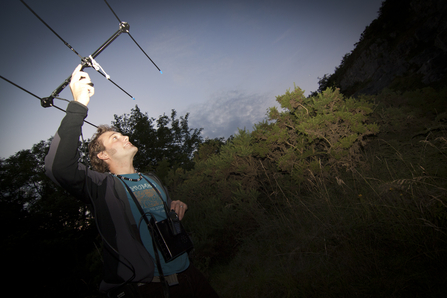
© Tom Marshall
The Bat Survey Process
A step-by-step format means you don’t have to pay for investigations you don’t need. This is how the system works and how we can guide you through it.
1. Preliminary Roost Assessment
(or Scoping Bat Survey)
We start by looking for signs of bats in and around the project area. This can be done by one of our professional ecologists at any time of year and includes a site survey and a desk study of local data. We will send you a copy of the report by email.
If we find no evidence of bats, you can use the report as part of your planning application. If we do find evidence, you will need to move on to stage 2.
2. Presence/Likely Absence Survey
A minimum of two of our trained ecologists will survey the site to identify bat species, population numbers and entry and exit points. We do this between May and September usually at dusk, when bats are active.
Guided by the first stage survey, we use specialist detector devices and cameras to monitor bats leaving roost sites, and understand how bats use the habitat. We may have to visit more than once.
Once the survey is complete you will receive a report including next steps.
3. Bat Mitigation, Licensing and Strategy
If we find evidence that bats are using your building, structure or tree, a bat mitigation licence will be required to proceed with the project lawfully. The licence ensures works are undertaken by apprropriately qualified ecologists, and measures to minimise impacts are implemented. Our ecologists can be the named ecologist for Full Mitigation licences, or register the site under the Bat Earned Recognition scheme, which is a streamlined and cost-effective approach of applying for a licence.
Licenses can only be applied for by the ecologist, once planning permission has been granted and all conditions relating to ecology discharged.
4. Bat Clerk of Works
Before construction starts, one of our expert ecologists sets out what needs to be done at different stages to protect the bats. They work with you, your architect and your builder to enable your project to go ahead as planned, while making sure there are no breaches of conservation or wildlife legislation.
5. Mitigated Bat Roost Inspections
In some instances, Natural England will grant a bat mitigation licence on condition that the ecologist returns to inspect the roost over a set period. These site inspections must be on an unannounced basis.
Your bat mitigation licence will explain whether these inspections are required and over what period.
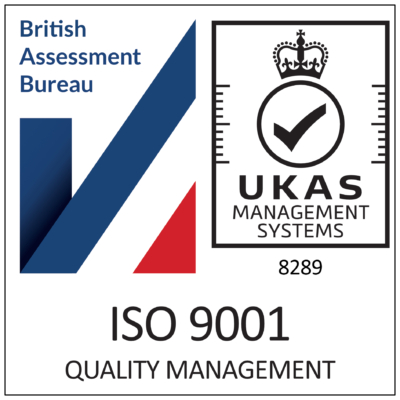
|
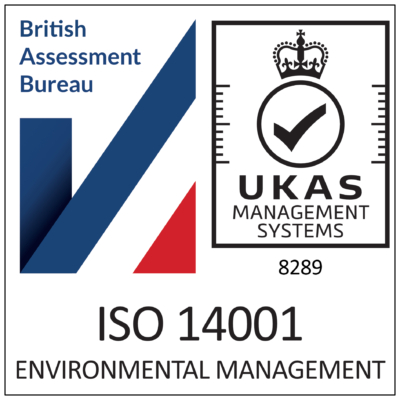
|
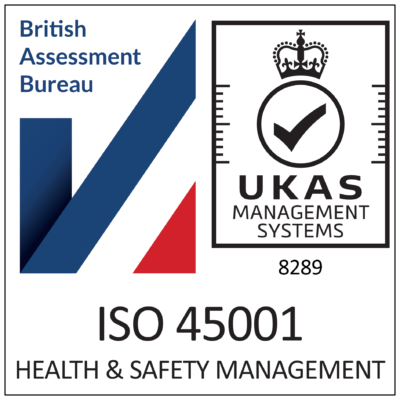
|
|---|
 |
|---|

